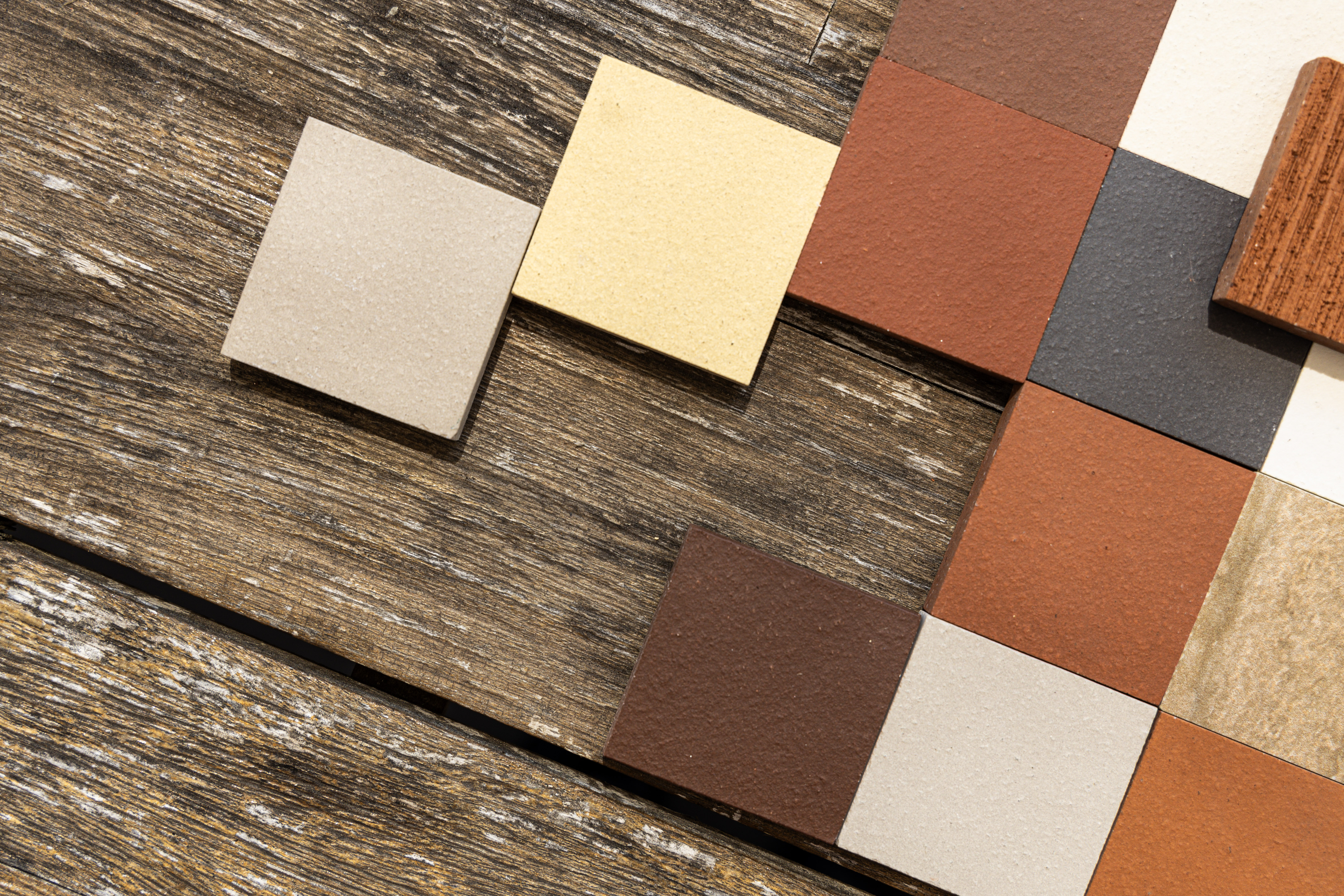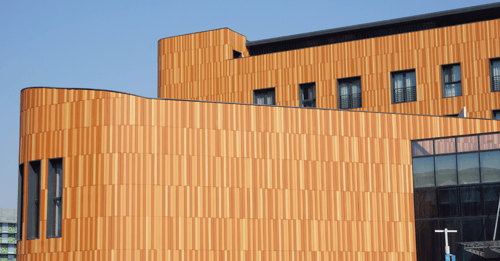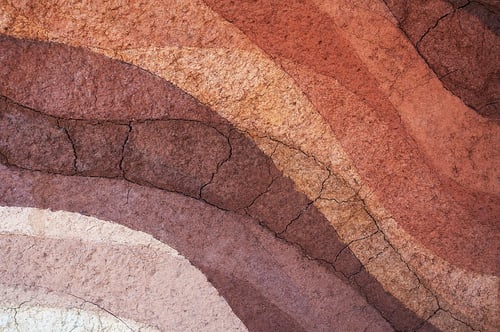Terracotta as a building product has been in use for a number of millennia. Despite being all around us and visible to us every day, little is known about the material and often is not noticed on buildings.
Terracotta has many uses – as a roofing product, flooring, wall cladding and even as decoration in landscaping.
In this article we’ll take you through the step-by-step process of transforming clay into a terracotta finished building product.
The making of terracotta cladding involves different stages from extracting the clay from the earth and transforming it into an aesthetic, durable, textured and warm cladding, which is visible on many buildings around the world.
Clay Extraction
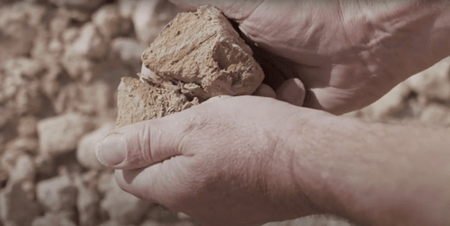
The most critical part of the terracotta production process is in selecting high quality clay.
As terracotta is naturally made from weathered stone and organic material, it can contain impurities that can make it unsuited to producing cladding panels.
Typically, manufacturers invest significant time locating and securing large clay deposits that form part of their raw materials over a period of many years.

During the extraction process of the clay, which can be white or red, care is taken so that the clay Is not contaminated with stones, dirt or any other material that may damage the quality of the clay.
Clay Refining and Mixing
In the Initial stage, the clay is refined by removing the dust particles such as stones, lumps and other impurities in the clay. In modern production facilities this process is automated in order to facilitate large scale production processes.
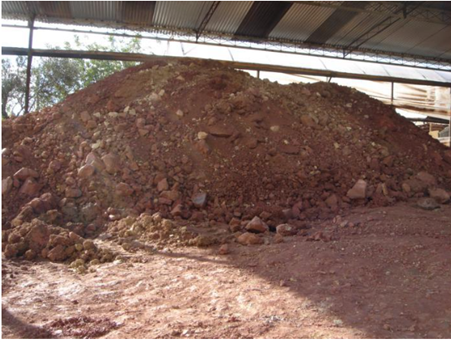

Once the refining process is complete the raw clay is stored in large holding bays awaiting production.
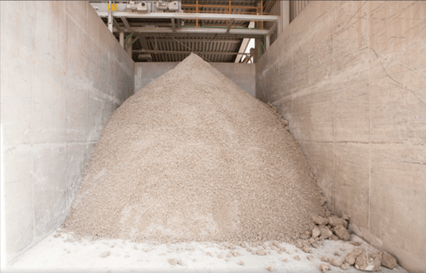
Preparation of the Paste
In preparing the clay for production, the clay is mixed in the desired proportion between the red and white clay depending on the final colour of the terracotta panel. The clay is then crushed, crumpled and water is added to create a consistency similar to plasticine.
The paste is left to rest for some time in order to gain better consistency prior to being moulded into various shapes and sizes. The resting process facilitates a more consistent and smooth texture in the clay which helps with ensuring a strong and consistent bond between the clay particles.
Moulding the Terracotta
Once the clay is ready for moulding, it is then fed through a mixer to add moisture and break the clay into smaller blocks.
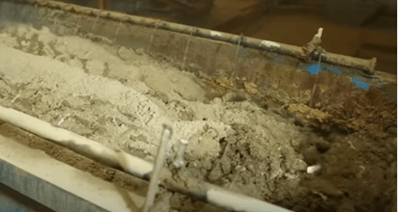


Modern day production processes utilise an extrusion process to release terracotta panels for cladding. However, the final product is a combination of careful design, temperature control, and drying and final firing to achieve a high-quality product that would be acceptable to the architect, builder, installer and owner of the building.


Oxides form one component in achieving the final colour.
Achieving the final colour involves a combination of colours that are added to the surface of the terracotta, managing the proportions of red and white clays mixed together, the addition different oxides and the firing temperature.
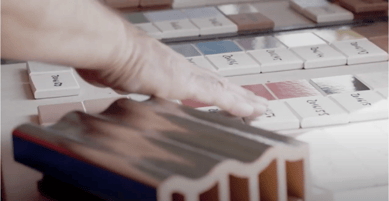
Once the desired colour is achieved, this formulation is saved to allow the reproduction of that colour in a full production process.
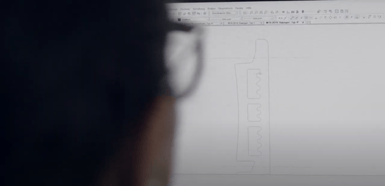
As modern production processes utilise an extrusion process, a steel extrusion dye is carefully created so that the clay, under pressure, can be forced through the dye to create the desired panel design.
Careful design of the extrusion dyes to facilitate manufacturing of terracotta panels.
During the drying and firing process, moisture is removed, and the clay is hardened. This results in the clay shrinking up to 10% from its original size. Depending on the design, large clay masses in the panel usually shrink at different rates.
In order to ensure the desired final product, several trials are conducted with design changes made to fine tune the shape, straightness and smoothness of the final product.
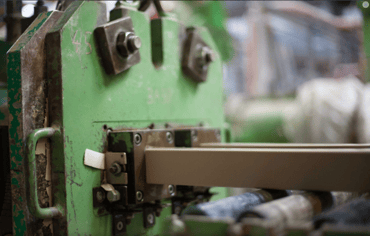
Once the dye is ready, clay is forced through the dye to create a panel that starts to resemble a cladding product
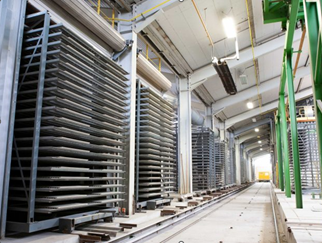
After drying, the terracotta panels are then fired through a tunnel kiln at over 1000ᵒC for several days.
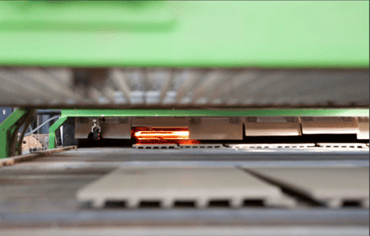
This firing process is beneficial to the terracotta panel as it:
- Allows the clay to dry and take shape.
- Allows the clay particles to bond together.
- Strengthens the panel.
- Allows for a non-porous panel.
- Vitrifies the colour into the body of the tile, making the colour last the life of the panel.
After firing, the panels undergo quality checks for straightness, hardness and inspected for any defects before packing and preparing for shipment.
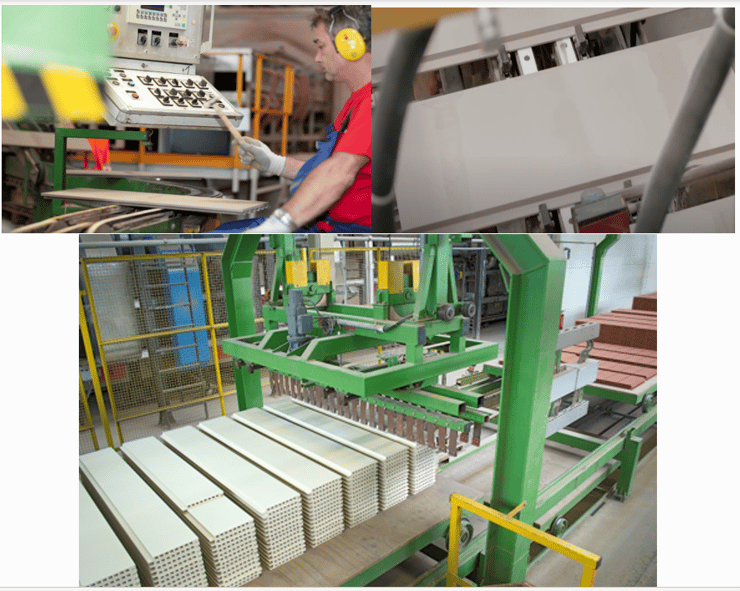
Although terracotta has been used for several millennia, modern production techniques and the knowledge gained over many hundreds of years has resulted in a product that is of the highest quality, strength, and durability.
To discover more of Clayton natural terracotta cladding, download our Design Inspiration eBook here.

